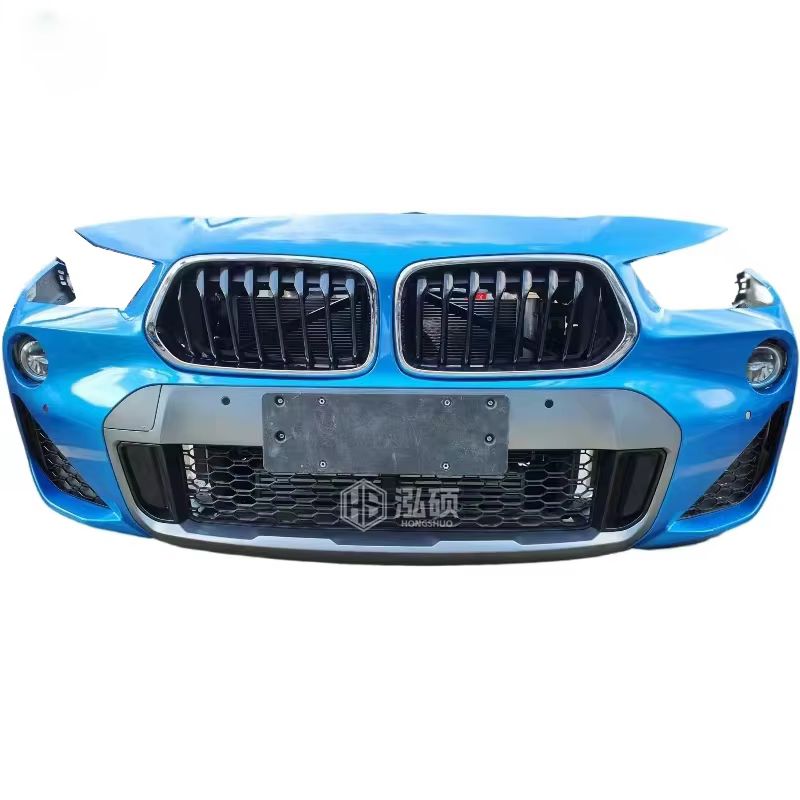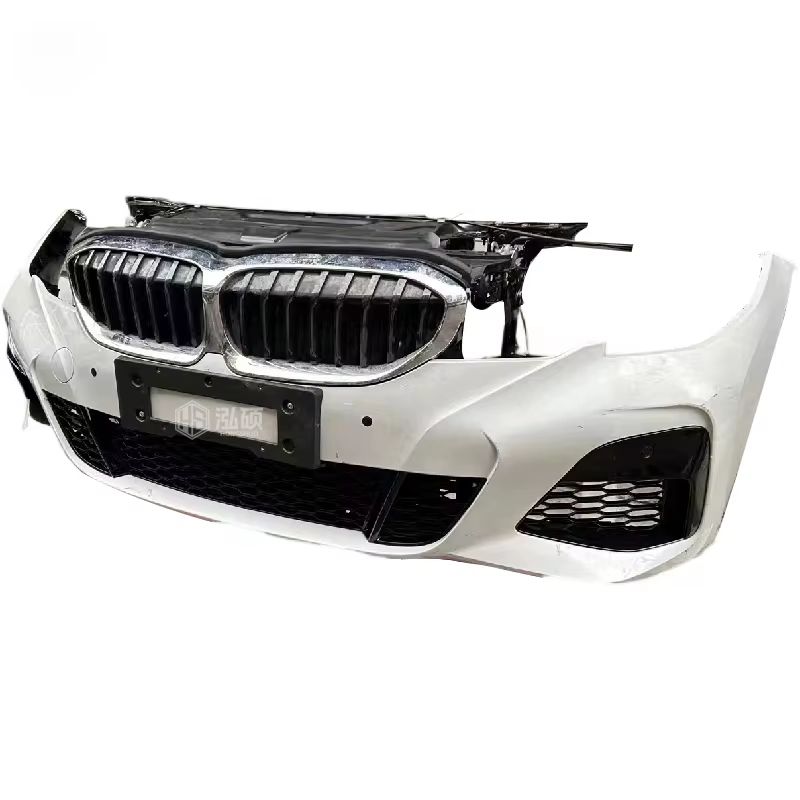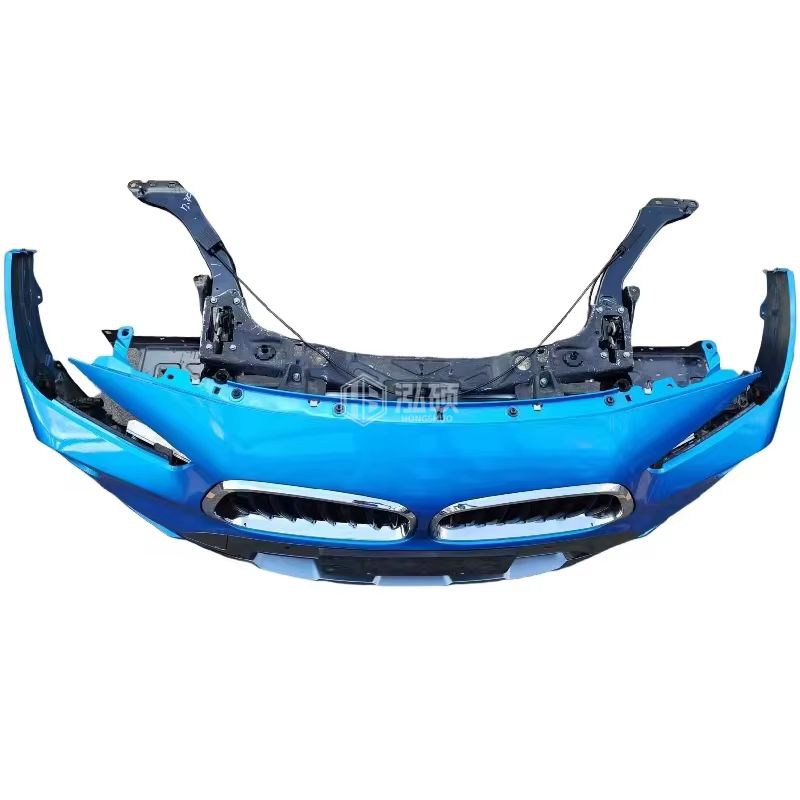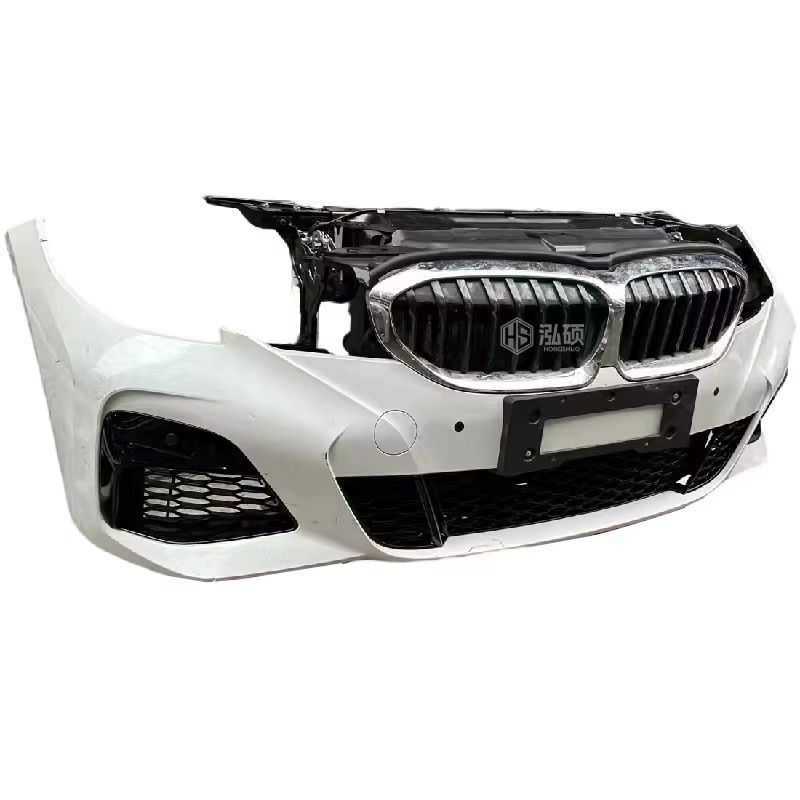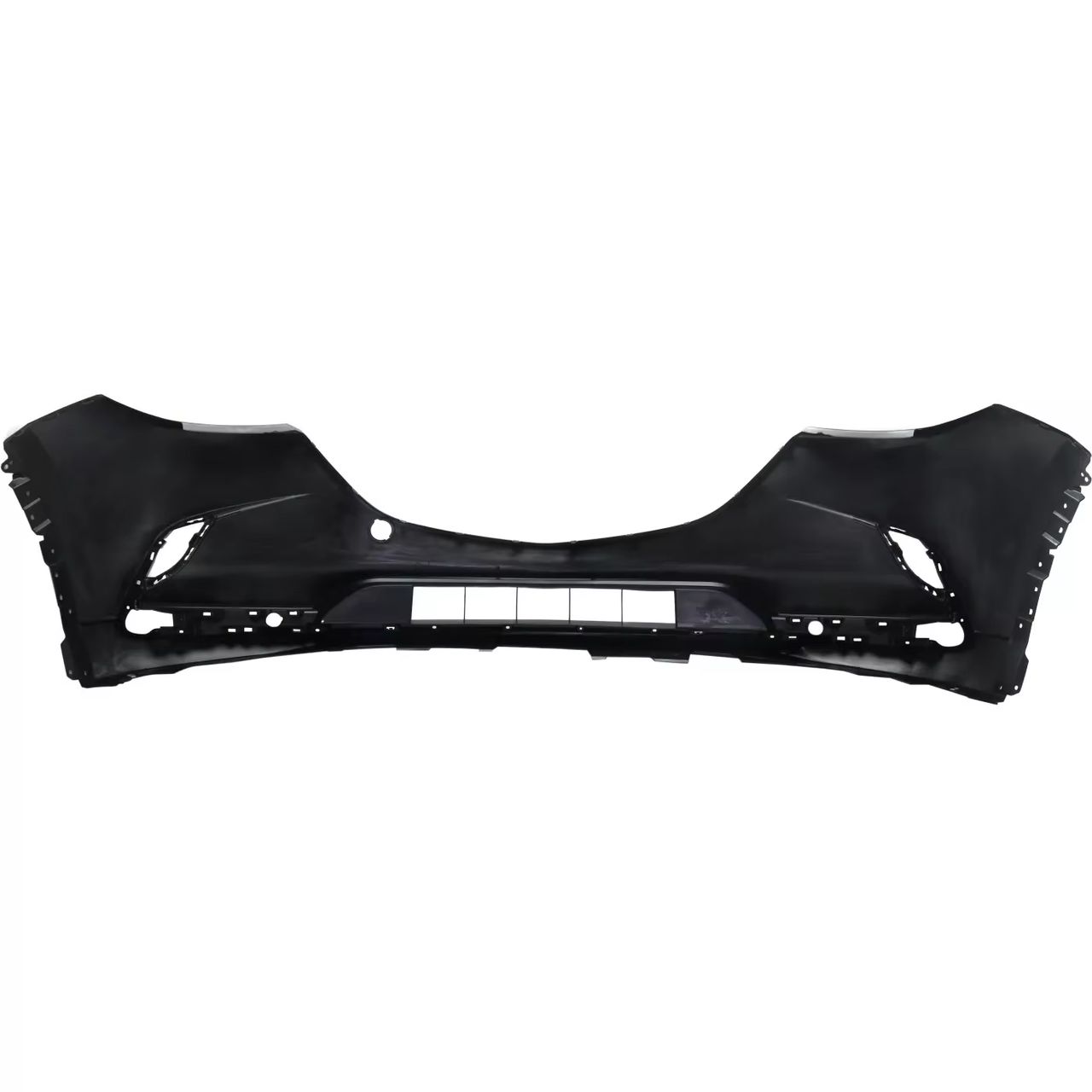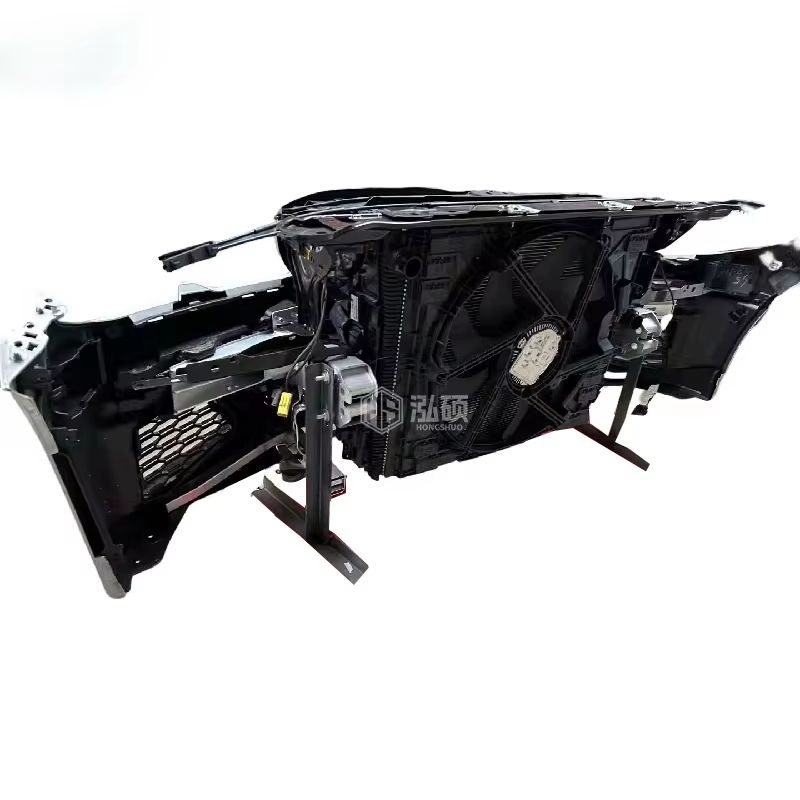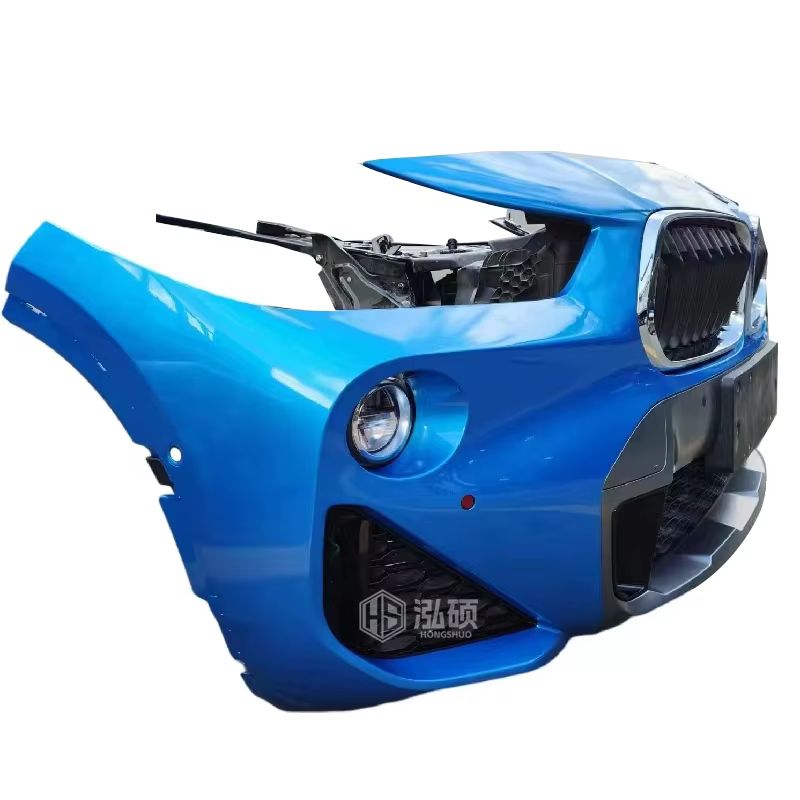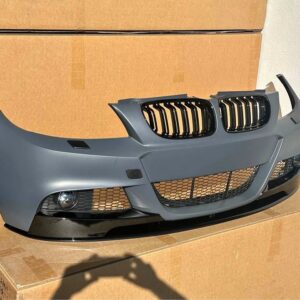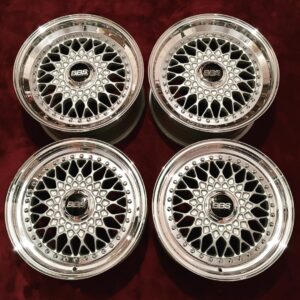Introduction to BMW Bumpers
When it comes to protecting your vehicle from damage, few components are as crucial as the bumper. For BMW owners, the bumper is not just a functional element, but also a design statement that reflects the car’s overall aesthetic. In this article, we will delve into the world of BMW bumpers, exploring their history, design, functionality, and maintenance. Whether you’re a seasoned BMW enthusiast or a new owner, this guide will provide you with a comprehensive understanding of BMW bumpers and their significance.Buy BMW Bumpers
History of BMW Bumpers
The first BMW bumpers were introduced in the 1920s, with the company’s early models featuring simple, chrome-plated bumpers. Over the years, BMW bumpers have undergone significant transformations, with the introduction of new materials, designs, and technologies. In the 1960s, BMW began to use plastic bumpers, which provided improved durability and reduced weight. The 1980s saw the introduction of aerodynamic bumpers, which enhanced the car’s overall performance and fuel efficiency.
Design and Functionality of BMW Bumpers
BMW bumpers are designed to provide a perfect blend of form and function. They are crafted to absorb and distribute the force of impact, protecting the vehicle’s body and occupants from damage. The bumpers are typically made from a combination of materials, including plastic, metal, and foam, which provide excellent strength, durability, and energy absorption. In addition to their functional role, BMW bumpers also play a significant part in the car’s overall design, with sleek lines, curves, and contours that enhance the vehicle’s aesthetic appeal.
Types of BMW Bumpers
BMW offers a range of bumpers to suit different models and driving styles. Some of the most common types of BMW bumpers include:
- Standard Bumpers: These are the most common type of bumper, designed to provide excellent protection and durability.
- Sport Bumpers: These bumpers are designed for performance-oriented driving, with a more aggressive design and enhanced aerodynamics.
- M Sport Bumpers: These bumpers are designed for BMW’s high-performance M models, with a distinctive design and enhanced aerodynamics.
- Off-Road Bumpers: These bumpers are designed for BMW’s off-road capable models, such as the X5 and X3, with a more rugged design and enhanced protection.
Maintenance and Repair of BMW Bumpers
To ensure your BMW bumper remains in good condition, regular maintenance is essential. Here are some tips to help you keep your bumper in top shape:
- Cleanliness: Regularly clean your bumper to remove dirt, dust, and debris.
- Inspection: Regularly inspect your bumper for signs of damage, such as cracks, dents, or scratches.
- Repair: If you notice any damage, have it repaired promptly to prevent further damage.
- Replacement: If your bumper is damaged beyond repair, consider replacing it with a genuine BMW bumper or a high-quality aftermarket alternative.
Conclusion
In conclusion, BMW bumpers are a critical component of your vehicle, providing protection, functionality, and design appeal. By understanding the history, design, and functionality of BMW bumpers, you can appreciate the importance of maintaining and repairing them. Whether you’re a seasoned BMW enthusiast or a new owner, this guide has provided you with a comprehensive understanding of BMW bumpers and their significance. Remember to always prioritize maintenance and repair to ensure your BMW bumper remains in top condition. Buy BMW Bumpers

